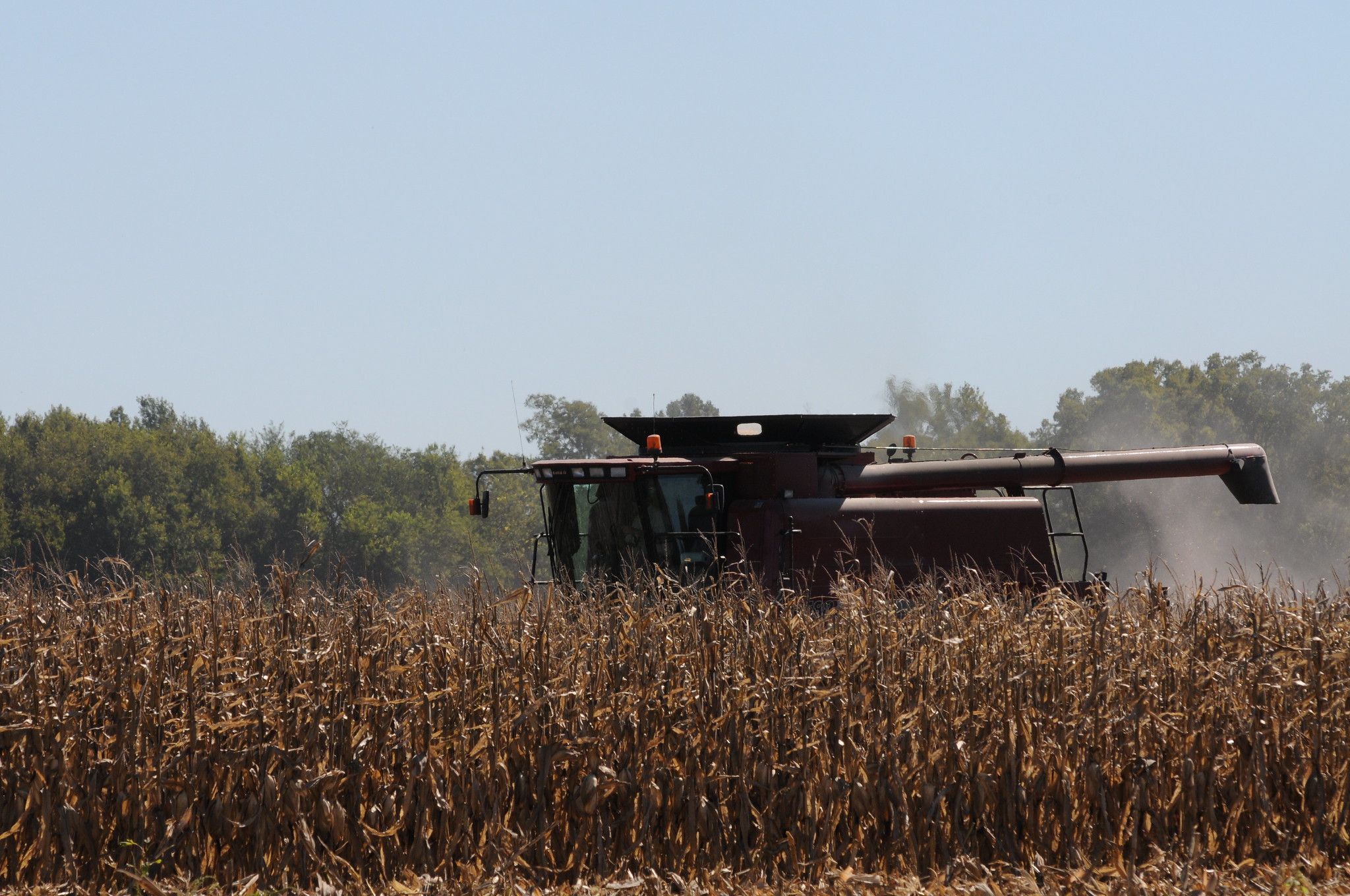Lancaster says maintaining weed-free fields depends on present control
While weed escapes in crop fields may be inevitable, Kansas State University weed specialist Sarah Lancaster said fall management could put growers in a good spot for many years to come.
“The (weed) problems in the next five or more years are all related to what kind of weed seed rain we get from this growing season,” she said.
Weeds release their seeds through ‘rains’ caused by wind, animals, runoff water or eroded soil.
According to Lancaster, harvest can present an opportunity for weeds to flourish, so producers should plan for prompt action due to the prolific nature of some species’ seed-producing abilities.
“They hang out under the crop canopy,” Lancaster said. “That canopy dries down after corn is harvested, for example, and those weeds take advantage of this newly found space and will cause future issues.”
For instance, research conducted in Texas discovered that palmer amaranth takes six years of total control to reduce the seed bank by 98%, Lancaster said.
“Additionally, researchers in Georgia figured out that one female plant for every five acres resulted in approximately two million additional seeds,” she said. “This emphasizes that just one escape can have lasting implications for weed management.”
Lancaster recommends producers scout for weeds in a combine cab this time of year to determine the exact location of weed populations within fields.
“Try to take advantage of moments during harvest when you have a bird’s eye view from the cab,” she said. “Start taking notes about where the weedier spots are at.”
Growers who have been farming for an extended period may also be able to discover weed patches based on their past use of the field and how moisture drains across it.
Lancaster said producers should consider autumn herbicide applications to make weed management less demanding for upcoming growing seasons, noting that the benefits of this practice justify its cost.
“You are not going to see an immediate yield increase necessarily,” she said. “With today’s commodity prices, I understand that the idea of spending money on something that is not going to develop an instant return is a tough pill to swallow.”
But, she adds, “the prolonged positive effects of fall applications make them beneficial for keeping kochia, horseweed, marestail and other fall-emerging winter annual grasses at bay.”
Beyond herbicides, Lancaster advises growers clean farm machinery as often as possible to minimize the spread of weeds from field to field.
“Those little palmer amaranth or waterhemp seeds can hide in so many places on combines,” she said. “Think about the ‘order of operations’ that makes the most sense when harvesting so that weeds are not spread from field to field.”
Producers can use leaf blowers or air compressors to remove weed seeds stuck in equipment. Additionally, they may run combines empty while opening doors and traps to let machines clean themselves.
More information about weed management is accessible in the 2024 Chemical Weed Control for Field Crops, Pastures, and Noncropland publication.
PHOTO: Corn Harvest (Photo courtesy of of Kansas State University Extension)




